10 UMMA Objects
10 UMMA Objects
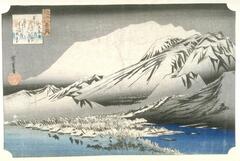
Utagawa Hiroshige (Japanese (culture or style))
Eight Views of Ômi: #1 Evening Snow on Mount Hira
1829 – 1839
Bequest of Margaret Watson Parker
1948/1.134
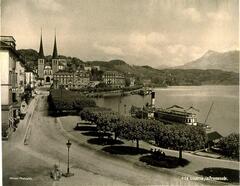
French (French (culture or style))
Lucerne, The Promenade (Lucerne, la promenade)
19th century
Gift of Mr. & Mrs. W. Howard Bond
1986/1.153
Adolphe Braun (French (culture or style))
Route de Schyn, Pont du Solis
1865 – 1885
Gift of Mr. and Mrs. W. Howard Bond
1981/2.141

Nukina Kaioku
Visualization of the poem, 'Lake, Mountain, Willow Tree and Mist'
1800 – 1866
Museum purchase made possible by a gift from Helmut Stern
1985/2.25

Utagawa Hiroshige (Japanese (culture or style))
The Fifty-Three Stations of the Tokaido (Tate-e Edition): #38 Fujikawa
1855
Museum purchase made possible by the Margaret Watson Parker Art Collection Fund
1960/2.142
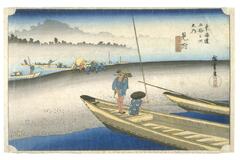
Utagawa Hiroshige (Japanese (culture or style))
Hôeidô Tôkaidô Series: Mitsuke, Tenryû River
1833 – 1834
Bequest of Margaret Watson Parker
1948/1.128
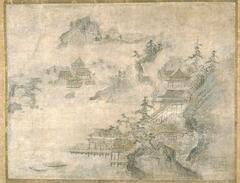
Japanese (Japanese (culture or style))
Lakeside Temple (Landscape in Shûbun style)
1467 – 1532
Gift of Mr. and Mrs. Province M. Henry
1955/1.264
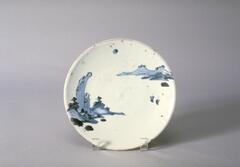
Japanese (Japanese (culture or style))
Blue-and-white plate with landscape design
1615 – 1643
Gift of Mr. Harry Packard for the James Marshall Plumer Memorial Collection
1963/2.62

Unknown artist (formerly attributed to Unkoku T
Scholar Strolling in the Mountains
1700 – 1899
Museum purchase made possible by the Margaret Watson Parker Art Collection Fund
1964/2.63
Loading…

